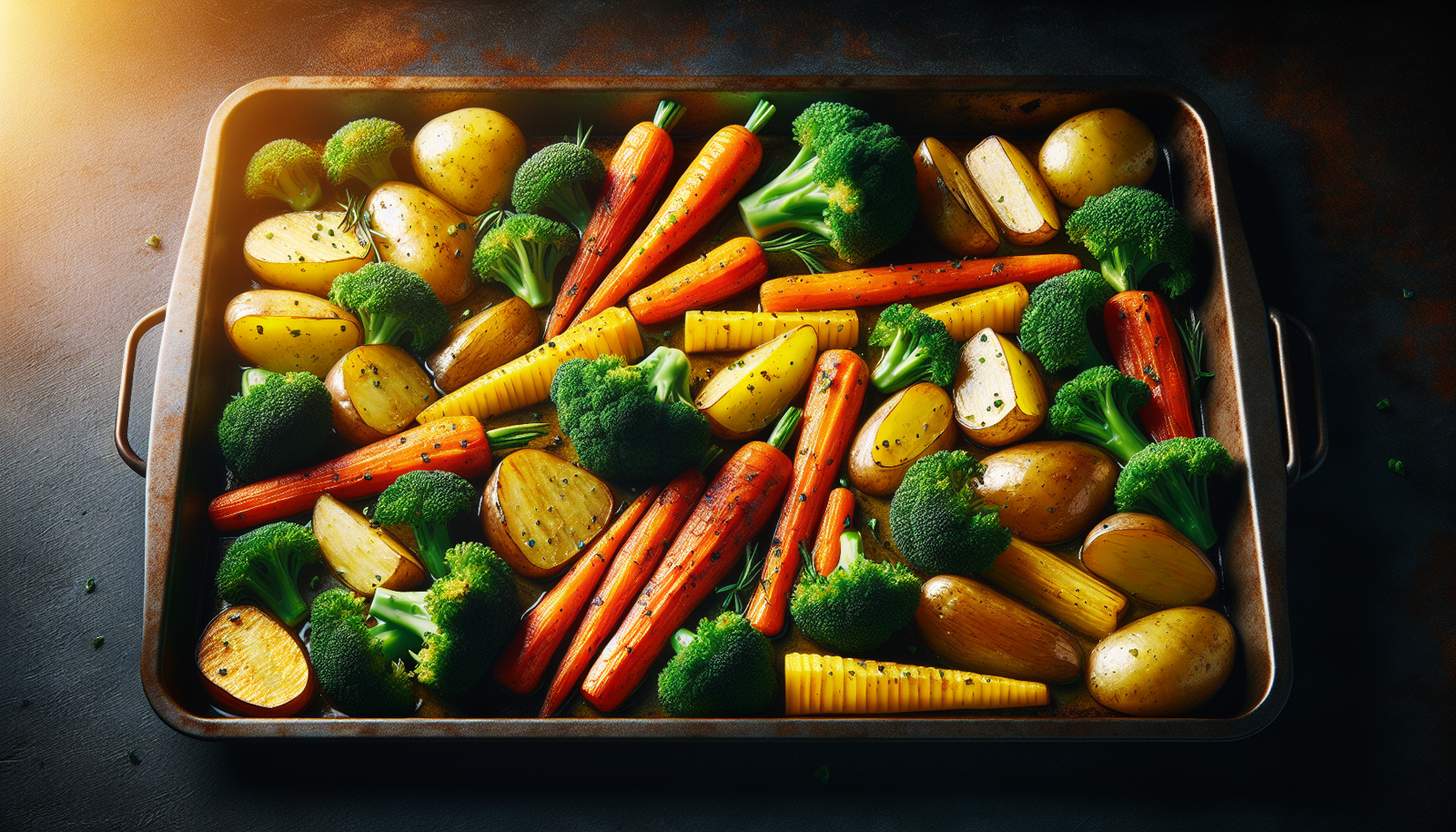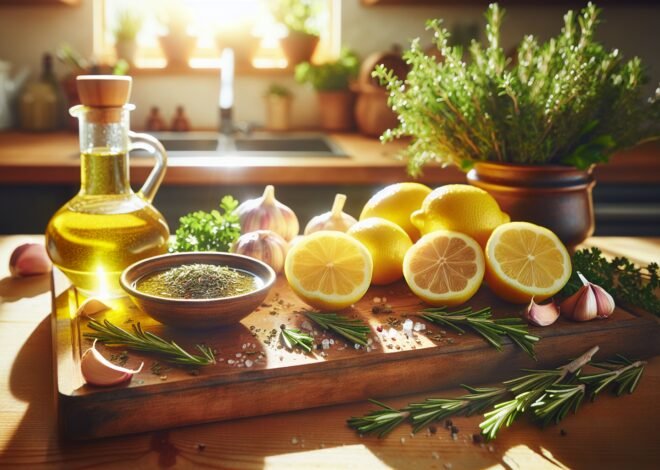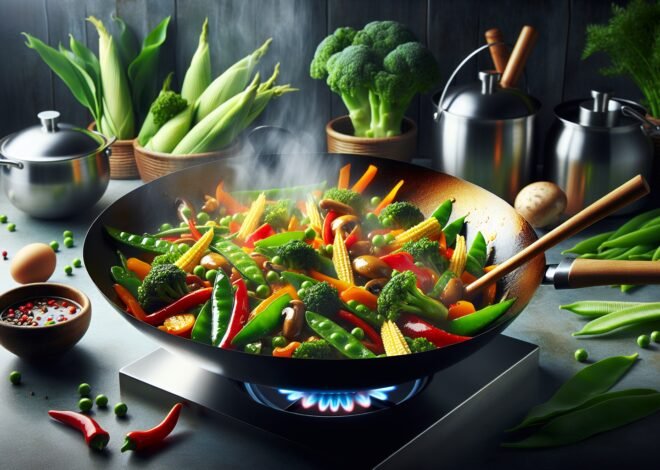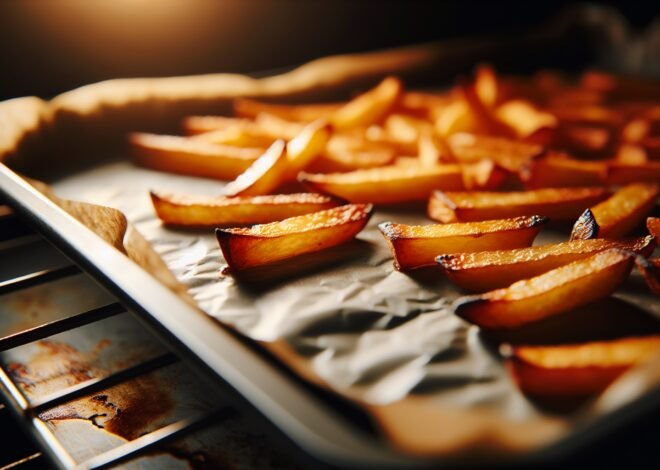
The Best Temperatures for Roasting Vegetables to Perfection
Roasting vegetables requires just the right oven temperature for the perfect balance of tenderness and crispiness. Discover the best temperature settings for roasting vegetables, along with tips to enhance flavor, texture, and caramelization.
Ideal Temperatures for Roasting Vegetables
Roasting vegetables to perfection starts with understanding the ideal temperatures. High heat brings out flavors, while lower temperatures can result in softer textures. Let’s explore how to master this balance for delicious, evenly roasted vegetables.
Benefits of High-Temperature Roasting
Roasting at high temperatures, typically between 400°F and 450°F, caramelizes the natural sugars in vegetables. This process enhances their flavors and creates a beautifully charred exterior. The intense heat also cooks vegetables quickly, preserving their nutrients and vibrant colors. High-temperature roasting is perfect for root vegetables like carrots and potatoes, as it brings out their inherent sweetness and ensures a satisfying crunch.
Another benefit of high-temperature roasting is the minimal use of added fats. The natural moisture in vegetables evaporates quickly, requiring only a light coat of oil to prevent sticking. This method results in healthier, yet incredibly flavorful dishes. Additionally, high heat reduces the cooking time, making it a convenient option for a quick and nutritious side dish.
Common Roasting Temperatures
The temperature at which you roast vegetables can dramatically impact their texture and flavor. Common roasting temperatures range between 375°F and 425°F. At 375°F, vegetables cook evenly, making it ideal for mixes that include both soft and firm varieties. This temperature is great for achieving a tender interior with a slight crispness on the outside.
Roasting at 400°F is a versatile choice. It’s hot enough to caramelize sugars but gentle enough to prevent burning. This temperature suits most vegetables, from broccoli to squash. On the other hand, 425°F is best for tougher vegetables like Brussels sprouts, which benefit from the extra heat to cook through and develop a rich, nutty flavor.
Adjusting for Specific Vegetables
Different vegetables thrive at different temperatures, requiring slight adjustments for optimal roasting. Delicate greens like asparagus and green beans prefer lower temperatures around 375°F. This ensures they retain their vibrant color and crispness without wilting.
Denser vegetables, such as squash and beets, need higher temperatures around 425°F to soften adequately while developing a caramelized crust. For a medley of vegetables, consider starting with denser varieties in the oven first. Introduce softer vegetables later to ensure even cooking across the board.
Techniques to Enhance Vegetable Texture and Flavor
Beyond temperature, techniques in preparation and cooking can elevate the flavor and texture of roasted vegetables. From oil selection to preheating methods, each step contributes to the final dish’s success. Discover how these techniques can transform your roasting game.
Choosing the Right Oil
The type of oil used in roasting can significantly affect flavor and texture. Olive oil is a popular choice for its robust flavor and medium smoke point, which complements most vegetables. For a lighter taste, consider avocado oil or canola oil, both suitable for high-temperature applications. These oils withstand the heat without burning, ensuring a smooth, even coat on the vegetables.
For added depth, experiment with infused oils like garlic or rosemary-flavored oils. These will impart subtle, aromatic notes without overpowering the natural taste of the vegetables. However, avoid using butter for high-temperature roasting as it can burn quickly, resulting in a bitter flavor.
Preheating the Baking Sheet
Preheating the baking sheet before arranging vegetables can drastically improve their texture. A hot surface begins the cooking process instantly, creating a sear that locks in moisture and flavor. This technique prevents the vegetables from steaming, which often leads to a soggy texture.
To preheat, place the baking sheet in the oven as it warms up. Once you achieve the desired temperature, carefully remove it and quickly spread the vegetables in an even layer. The immediate sizzle guarantees a perfect roast with a crispy exterior and tender interior.
Spacing for Even Cooking
Proper spacing on the baking sheet ensures even cooking and prevents vegetables from steaming. Crowded vegetables release moisture, resulting in a mushy texture instead of a crisp roast. Arrange them in a single layer, leaving space between each piece to allow air circulation.
For larger batches, consider using two baking sheets. Rotate them midway through the cooking process to ensure uniform heat distribution. This technique maximizes the roasting effect, delivering evenly cooked vegetables with a delightful balance of crispness and tenderness.
Timing and Doneness for Perfect Roasting
Timing is crucial in roasting vegetables to achieve the perfect doneness. From rotating pans to checking for readiness, each step plays a role in achieving the ideal texture and flavor. Learn how to master timing for consistently delicious results.
Rotating Pans
Rotating pans during cooking ensures even exposure to heat. Ovens often have hot spots that can cause uneven cooking. By rotating the pans halfway through the process, each vegetable can roast uniformly, preventing overcooking or undercooking.
This step is particularly important when cooking multiple trays. Swap their positions to balance the heat distribution. Regular rotation leads to consistent results, where each piece achieves the desired caramelization and doneness.
Checking Doneness
Determining the doneness of roasted vegetables requires a bit of intuition. Use a fork or skewer to test for tenderness. The fork should easily pierce the vegetable, indicating it’s cooked through. For those who prefer a bit of bite, aim for a firmer texture.
Visual cues also help; look for a golden-brown color and slight charring on the edges. This signifies caramelization, which enhances flavor. Trust your senses—taste a piece to ensure the desired texture and seasoning.
Adding Finishing Touches Like Herbs and Spices
Enhance the flavor profile of roasted vegetables with herbs and spices. Fresh herbs like thyme, rosemary, and basil add aroma and freshness. Sprinkle them onto the vegetables during the last few minutes of roasting to preserve their essence.
Spices like paprika, cumin, or chili flakes introduce warmth and complexity. For a touch of acidity, finish with a squeeze of lemon or a dash of balsamic vinegar. These finishing touches elevate the dish, creating layers of flavor that captivate the palate.
Conclusion
Roasting vegetables to perfection requires just the right temperature, balancing tenderness with a slightly crisp, caramelized exterior. Higher roasting temperatures bring out the natural sweetness of vegetables and deepen their flavors. With these adjustments, vegetables like carrots, potatoes, and bell peppers turn golden and deliciously flavorful. Achieving an ideal roast also depends on spacing and preheating the pan to prevent steaming and sogginess. Through these techniques, you’ll elevate the flavor and texture of your vegetables, making them a satisfying and nutritious addition to any meal.
FAQ
What’s the best temperature for roasting vegetables?
The ideal temperature for roasting vegetables is 400°F (200°C). This temperature ensures they cook evenly, becoming tender inside while getting a nice, crispy exterior.
Should I roast all vegetables at the same temperature?
Most vegetables can be roasted at 400°F (200°C). However, delicate ones like tomatoes might do better at a slightly lower temperature, around 375°F (190°C), to avoid burning.
Can I roast frozen vegetables?
Yes, you can roast frozen vegetables. Increase the cooking time by roughly 5 to 10 minutes to account for the extra moisture. No need to thaw them beforehand.
How long should I roast root vegetables?
Roast root vegetables for about 35 to 45 minutes at 400°F (200°C). Cut them into uniform pieces to ensure even cooking, and turn them halfway through for even browning.
Do I need to flip vegetables while roasting?
Flipping vegetables halfway through roasting is recommended. It helps in achieving even caramelization and prevents sticking to the pan.
How do I get caramelized vegetables?
To caramelize vegetables, roast them at 400°F (200°C) with a light coating of oil. Ensure they are spread in a single layer on the pan. Avoid overcrowding to let them brown instead of steam.











